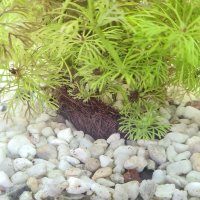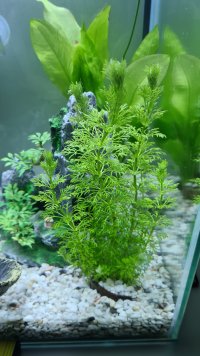Hi!
Im very new to owning an aquarium, little pandemic project I did. Im still gaining experience and learning, but my plants have been slowly dying for the last 2 weeks and cant figure out what the problem is.
More details:
In the tank I have 3 plants. A limnophilia sessiliflora, who keeps on dying but really want him to get back to health since I like it the most. Some small Staurogyne repens who is now sheading leaves and crumbling slowly. And a Echnidorus Bleherae who is doing very well despite the other 2 plants.
I used to have some tiny shrimp and otto bottom feeder fish ... but they have slowly died. Neon tetra fish ive had from the beginning when I bought the aquarium and they are doing just fine.
I add in weekly some algae control liquid and plant fertilizer, but neither have really made any visible change recently.
From the pictures is it obvious that im doing something simple all wrong? Or any suggestions?
Any comments or further questions are welcome!




Im very new to owning an aquarium, little pandemic project I did. Im still gaining experience and learning, but my plants have been slowly dying for the last 2 weeks and cant figure out what the problem is.
More details:
In the tank I have 3 plants. A limnophilia sessiliflora, who keeps on dying but really want him to get back to health since I like it the most. Some small Staurogyne repens who is now sheading leaves and crumbling slowly. And a Echnidorus Bleherae who is doing very well despite the other 2 plants.
I used to have some tiny shrimp and otto bottom feeder fish ... but they have slowly died. Neon tetra fish ive had from the beginning when I bought the aquarium and they are doing just fine.
I add in weekly some algae control liquid and plant fertilizer, but neither have really made any visible change recently.
From the pictures is it obvious that im doing something simple all wrong? Or any suggestions?
Any comments or further questions are welcome!




